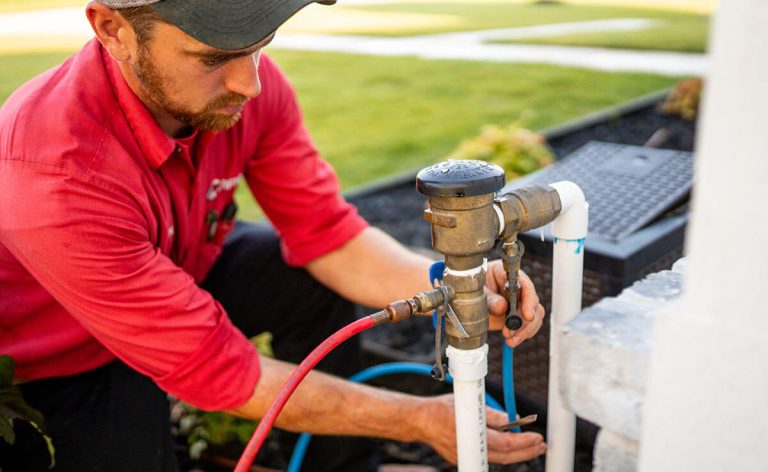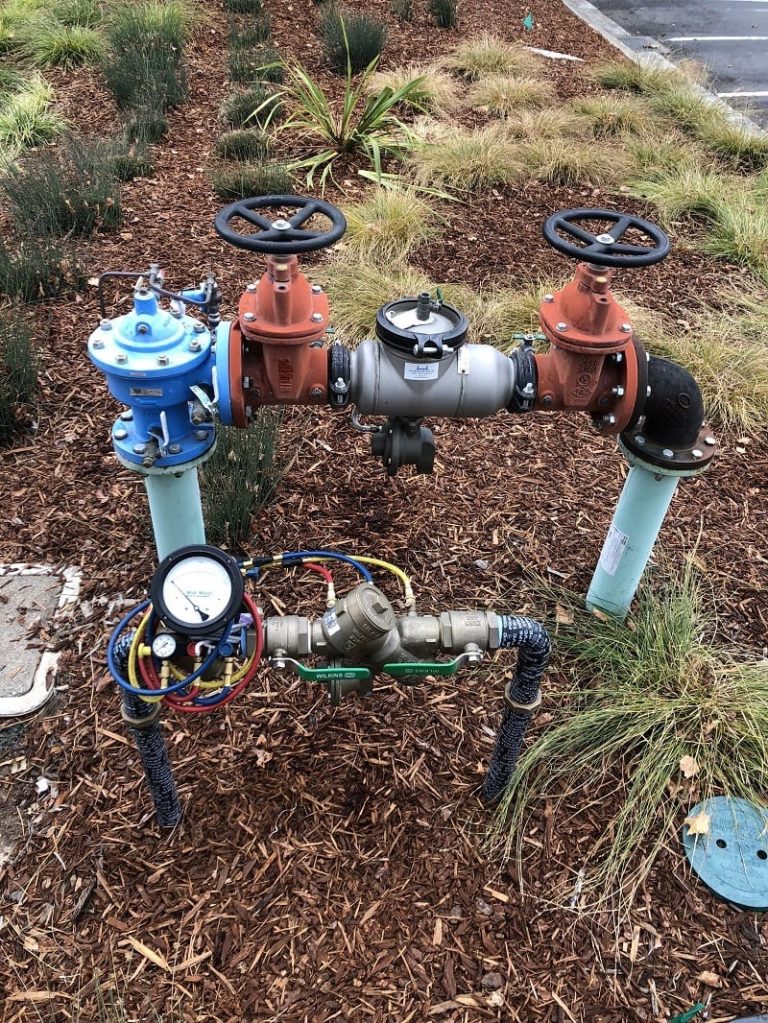
A well-maintained Fly fishing line can make the difference between a perfect cast and a frustrating tangle. Your line is more than just a connection between rod and fly—it’s the heart of your presentation, sensitivity, and control on the water. Neglecting it can lead to poor casting distance, line memory issues, and even breakage at the worst possible time. Whether you’re an avid angler or just starting out, learning how to properly care for your line will ensure it lasts longer, performs better, and keeps you landing fish season after season.
Why Fly Fishing Line Maintenance Matters
Your fly fishing line takes a lot of abuse during each outing. Sun exposure, dirt, water, and even the oils from your skin slowly degrade its coating and core. Without regular upkeep, the line can stiffen, crack, or lose its ability to float properly. Maintenance isn’t just about prolonging the life of the line—it’s about preserving performance.
Impact on Casting Performance
Over time, debris and grime create friction between the line and the guides, which reduces casting distance and accuracy. A clean, well-lubricated line shoots through the guides more efficiently, giving you smoother and longer casts.
Cost-Effectiveness
Replacing a quality fly fishing line can be costly, especially if you fish frequently. By maintaining your line, you can extend its life and avoid unnecessary expenses.
Step-by-Step Fly Fishing Line Cleaning Guide
Regular cleaning is the foundation of proper maintenance. Ideally, you should clean your line every few trips or whenever you notice dirt buildup.
Step 1: Gather Your Supplies
You’ll need a mild dish soap, a clean bucket or sink, a soft cloth or sponge, and a fly line cleaning solution or dressing.
Step 2: Soak the Line
Fill the bucket with lukewarm water and add a small amount of mild soap. Strip the line from your reel and let it soak for about 10 minutes. This loosens dirt and debris without damaging the line coating.
Step 3: Wipe and Inspect
Run the line through a soft cloth, applying gentle pressure to remove grime. While wiping, check for cracks, nicks, or frayed loops that could affect performance.
Step 4: Apply Line Dressing
Once the line is clean and dry, apply a dedicated fly line dressing. This helps restore slickness, improve casting, and enhance floatation. Avoid petroleum-based products, as they can damage the coating.
Storing Your Fly Fishing Line Properly
Improper storage is one of the leading causes of premature line damage.
Avoid Direct Sunlight
Prolonged UV exposure can weaken the line’s coating. Always store your reel or spooled line in a cool, dark place when not in use.
Prevent Line Memory
Tight coils can cause line memory, making it harder to cast straight. Store your reel loosely spooled or occasionally stretch the line before fishing to remove kinks.
Keep It Dry
If your line gets wet during fishing, dry it before storage to prevent mold or mildew from forming on the backing.
Seasonal Fly Fishing Line Maintenance Tips
Different seasons bring different challenges for your fly fishing line.
Spring and Summer
Warmer weather means more UV exposure and algae buildup in freshwater. Clean your line more frequently during these months to keep it slick and responsive.
Fall
Falling leaves and plant debris can quickly accumulate on your line. Check and wipe your line regularly during your outings to avoid tangles and drag.
Winter
Cold temperatures can stiffen your line. Before fishing, stretch and warm the line with your hands to restore flexibility. If possible, use a cold-weather-specific line to reduce stiffness.
Troubleshooting Common Fly Fishing Line Problems
Even with regular care, you may encounter issues that require quick fixes.
Cracks and Wear
If you notice cracks near the tip section, consider trimming and re-looping the line. However, widespread cracking means it’s time for a replacement.
Loss of Floatation
If your floating line begins to sink, clean and reapply a quality line dressing. Persistent sinking may indicate the coating has worn down too much.
Line Memory and Coiling
Stretch your line before each trip to reduce coiling. You can also unspool and rewind it loosely to help eliminate memory.
Pro Tips for Extending Fly Fishing Line Life
- Avoid stepping on your line, as grit from boots can scratch and weaken it
- Rinse saltwater lines immediately after each trip to prevent corrosion and coating breakdown
- Use a stripping basket in surf or wading situations to keep the line off abrasive surfaces
- Replace leader connections regularly to prevent stress on the line tip
- Rotate between multiple lines if you fish often, giving each one time to recover between uses
Choosing the Right Cleaning Products
While mild soap works for basic cleaning, specialized fly line cleaners are designed to protect the coating and improve performance. Look for eco-friendly options that won’t harm aquatic environments. Some products also include UV inhibitors to further extend the life of your line.
When to Replace Your Fly Fishing Line
No matter how well you care for it, every line has a lifespan. Most quality lines last two to three years with regular fishing. Signs it’s time to replace include:
- Persistent cracking or peeling
- Loss of slickness even after cleaning
- Significant color fading
- Reduced casting distance despite proper maintenance
Final Thoughts
Caring for your fly fishing line is one of the simplest yet most effective ways to improve your time on the water. By cleaning it regularly, storing it properly, and using the right products, you’ll enjoy smoother casts, better presentations, and more successful days fishing. At Fly Fishing Specialties, we know that your gear is an investment—and with a little routine care, your line will continue to perform like new for seasons to come. Take the time to maintain it now, and you’ll reap the rewards every time you cast.



